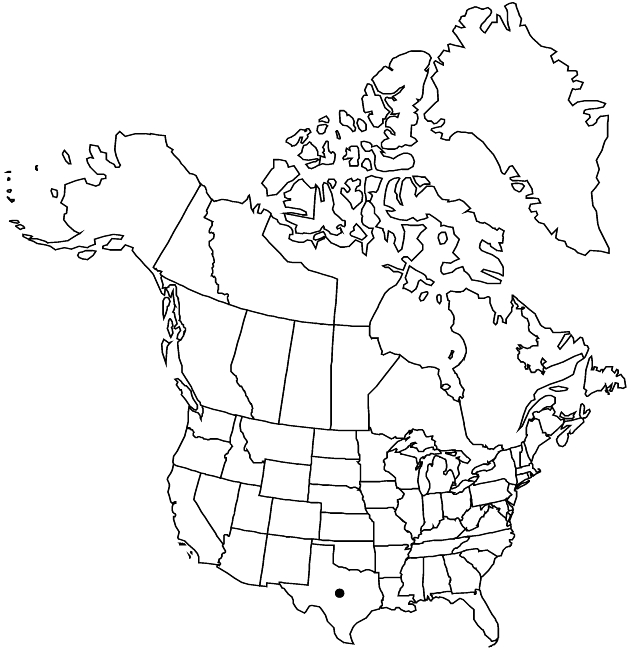Difference between revisions of "Erigeron tenellus"
in A. P. de Candolle and A. L. P. P. de Candolle, Prodr. 5: 288. 1836.
FNA>Volume Importer |
imported>Volume Importer |
||
| Line 46: | Line 46: | ||
|publication year=1836 | |publication year=1836 | ||
|special status= | |special status= | ||
| − | |source xml=https:// | + | |source xml=https://bibilujan@bitbucket.org/aafc-mbb/fna-data-curation.git/src/bb6b7e3a7de7d3b7888a1ad48c7fd8f5c722d8d6/coarse_grained_fna_xml/V19-20-21/V20_714.xml |
|tribe=Asteraceae tribe Astereae | |tribe=Asteraceae tribe Astereae | ||
|genus=Erigeron | |genus=Erigeron | ||
Revision as of 20:51, 27 May 2020
Annuals, 15–40 cm; slenderly taprooted. Stems initially erect, later ascending to decumbent (herbaceous), proximally spreading- to deflexed-villous, closely to loosely strigose on distal 1/3–1/2, eglandular. Leaves basal (often drying translucent, often withering by flowering) and cauline; basal (thin) blades oblanceolate to obovate or spatulate, 10–80(–140) × 5–34 mm, cauline slightly or gradually reduced to distal 1/3 of stems (bases clasping), margins usually with 1–4 pairs of teeth or lobes, sometimes entire, faces sparsely short-hirsute to hirsuto-villous, eglandular. Heads (1–)3–10(–20) in diffuse arrays (branches from distal 2/3). Involucres 2.5–3 × 5–10 mm. Phyllaries in 2–4 series, hirsute to sparsely villous, minutely glandular. Ray florets 95–160(–250); corollas white to bluish, 2.5–4 mm, laminae not coiling or reflexing. Disc corollas 1.7–2 mm. Cypselae 0.6–0.8 mm, 2-nerved, faces sparsely strigose; pappi: outer of setae, inner of 10–13(–15) bristles. 2n = 18.
Phenology: Flowering Feb–May.
Habitat: Brushlands, palm woods, roadsides, disturbed sites
Elevation: 0–50 m
Distribution

Tex., Mexico (Nuevo León, Tamaulipas).
Discussion
Selected References
None.